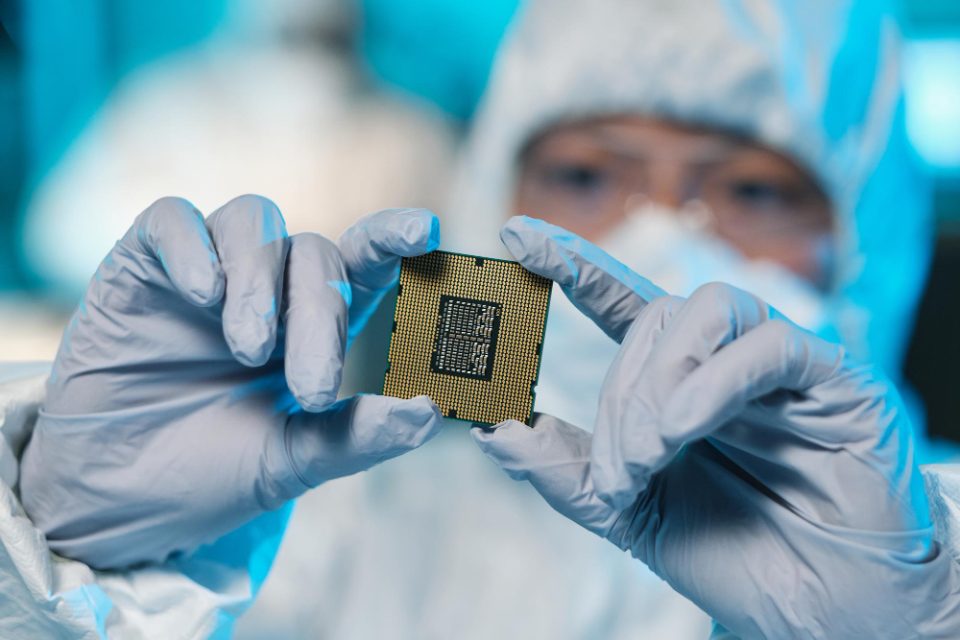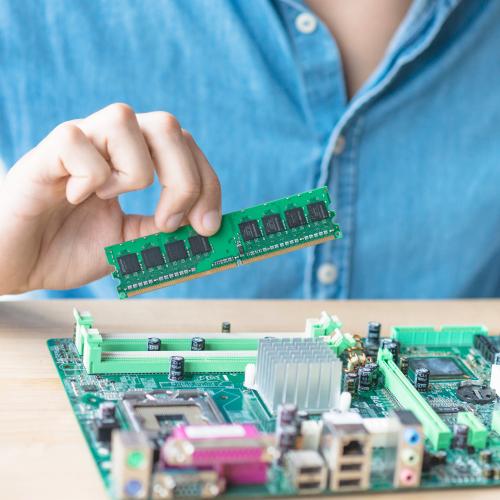Introduction
IC chip packaging refers to the process of enclosing an integrated circuit (IC) in a protective case or package. The choice of IC chip distributor can have a significant impact on the performance and reliability of the end product. In this article, we will explore the different types of IC chip packaging, factors to consider when choosing packaging, the impact of IC chip packaging on product performance, and industry trends in IC chip packaging.
Types of IC Chip Packaging
There are several common types of IC chip packaging, including dual in-line package (DIP), quad flat package (QFP), ball grid array (BGA), and chip scale package (CSP). Each type of packaging has its own advantages and disadvantages, and the choice of packaging will depend on factors such as the application, the operating environment, and the required performance specifications.
Factors to Consider When Choosing IC Chip Packaging
When choosing IC chip distributor, there are several factors that should be considered, including environmental factors (such as temperature and humidity), mechanical factors (such as shock and vibration), electrical factors (such as signal integrity and noise), and cost considerations. Manufacturers should carefully evaluate these factors when selecting the appropriate IC chip packaging for their application.
Impact of IC Chip Packaging on Product Performance
The choice of IC chip packaging can have a significant impact on the performance and reliability of the end product. For example, thermal management is an important consideration when choosing IC chip packaging, as different packaging types have different thermal properties that can impact the operating temperature of the IC. Signal integrity is also a critical consideration, as the packaging can impact the electrical performance of the IC and the overall signal quality. Form factor and size constraints can also impact the choice of packaging, as some applications may require small form factor packaging to fit within a particular space.
Industry Trends in IC Chip Packaging
Advancements in packaging technology have led to the development of new packaging types, such as wafer-level packaging (WLP) and fan-out wafer-level packaging (FOWLP), which offer improved performance and reduced form factor. Emerging trends in IC chip packaging include the use of 3D packaging, which involves stacking multiple ICs on top of each other to increase performance and reduce form factor, and the use of heterogeneous integration, which involves integrating different types of ICs (such as processors and memory) into a single package.
Conclusion
IC chip distributor is a critical consideration in product design, as the choice of packaging can have a significant impact on the performance and reliability of the end product. By understanding the different types of packaging, factors to consider when choosing packaging, and the impact of packaging on product performance, manufacturers can make informed decisions about the appropriate IC chip packaging for their application. The continued advancements in packaging technology and emerging trends in IC chip packaging offer exciting opportunities for improving product performance and reducing form factor.


